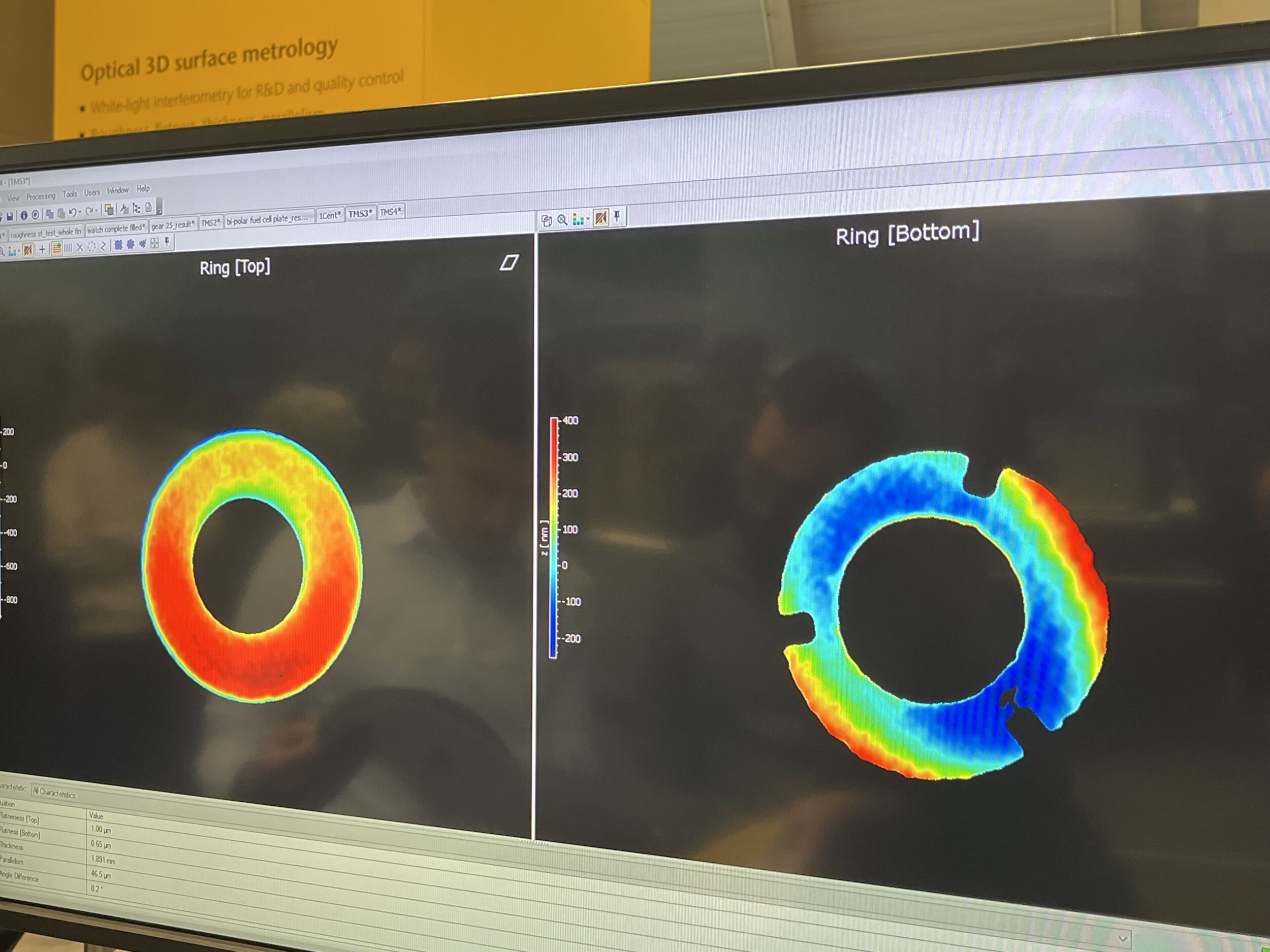Unlocking the value in video
Jeff Bier’s Embedded Column: Deep neural networks
Today, billions of hours of video are collected each year, but most of it is never used, because we don’t have a practical way to extract actionable information from it. A new generation of computer vision solutions, powered by deep neural networks, will soon change this, unleashing the tremendous value that’s currently locked away in our video files.
As a kid in the late 1970s, I remember some of the early consumer video cameras. They were very big, very heavy, and very expensive. In the subsequent 40 years, the electronics industry has done an admirable job of making video capture usable and accessible to the masses. Today, any smartphone can shoot HD video, and a good consumer camcorder costs around $250. „Action cams,“ meant for mounting on a helmet or handlebars, sell for less than $100. You can even buy a drone with good video recording capabilities for a few hundred dollars. So capturing video is now cheap and easy, and, these days we capture lots of video. I’ve accumulated at least 100 hours of recordings of family events. And I keep recording more. But it started to feel pointless when I realized that in all probability, no one would ever watch these recordings. Let’s face it, most of us are not very talented videographers and don’t have the time, skills, or motivation to edit the footage we capture. So, the content piles up. Maybe 1% of it is really worth watching, but which 1%? As a technology enthusiast, I held out hope that someday, technology would arrive that would make my home-video archive accessible. „Show me clips of Cousin Fred laughing at a birthday party,“ I’d command, and the relevant clips would magically appear. But as I’ve learned about computer vision algorithms over the past few years, I’ve realized how difficult a problem this is. Just considering one aspect of the problem – identifying people – the complexity is daunting. A face can be very close to the camera, or at a distance. It can be looking straight at the camera, or off at an angle. People may be wearing sunglasses or hats. They may be in shadows or backlit. And, of course, a really powerful video-indexing system would not only recognize people, it would also understand what activities they’re engaged in, what their emotional states are, and what kind of setting they’re in. With conventional computer vision techniques, this is a really tough problem, the kind that could consume hundreds of man-years of engineering effort and still not yield a robust solution. So, maybe, I thought, I should just stop capturing video. More recently, though, researchers have shown that deep neural networks are well suited for this type of task. Unlike traditional computer vision algorithms, which are based on intricate procedures formulated by engineers to tease apart one type of image from another, deep neural networks are generalized learning machines, which learn how to distinguish objects (and other things, like emotions) through a training procedure that exposes them to numerous examples. This extensive training helps make neural networks robust in the face of variations in inputs. It will likely be a few years, at least, before video indexing solutions based on deep learning are reliable enough to be attractive for typical applications. But it seems inevitable that they will arrive. And when they do, they’re going to unlock huge value. Because it’s not only the billions of hours of home videos that will get indexed, but also, for example, the video from the security camera in front of my home – which might help my neighbor find his lost dog. And the video from the camera in my neighborhood coffee shop, which will help the owner optimize her staffing schedule based on customer traffic. If you’re interested in learning about deep neural networks and other computer vision topics, I invite you to join me at the Embedded Vision Summit on May 2-4 in Santa Clara, California. This event, an educational forum for product creators interested in incorporating visual intelligence into electronic systems and software, is organized by the Embedded Vision Alliance.












